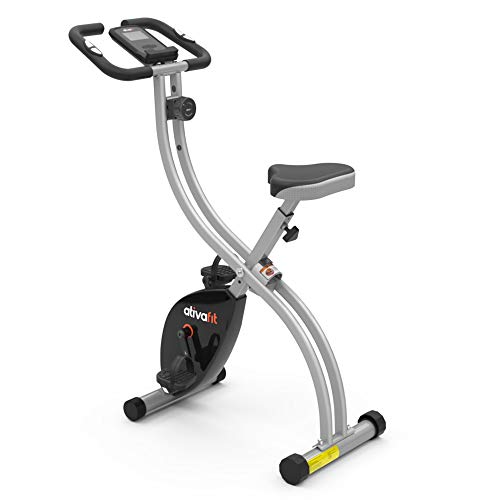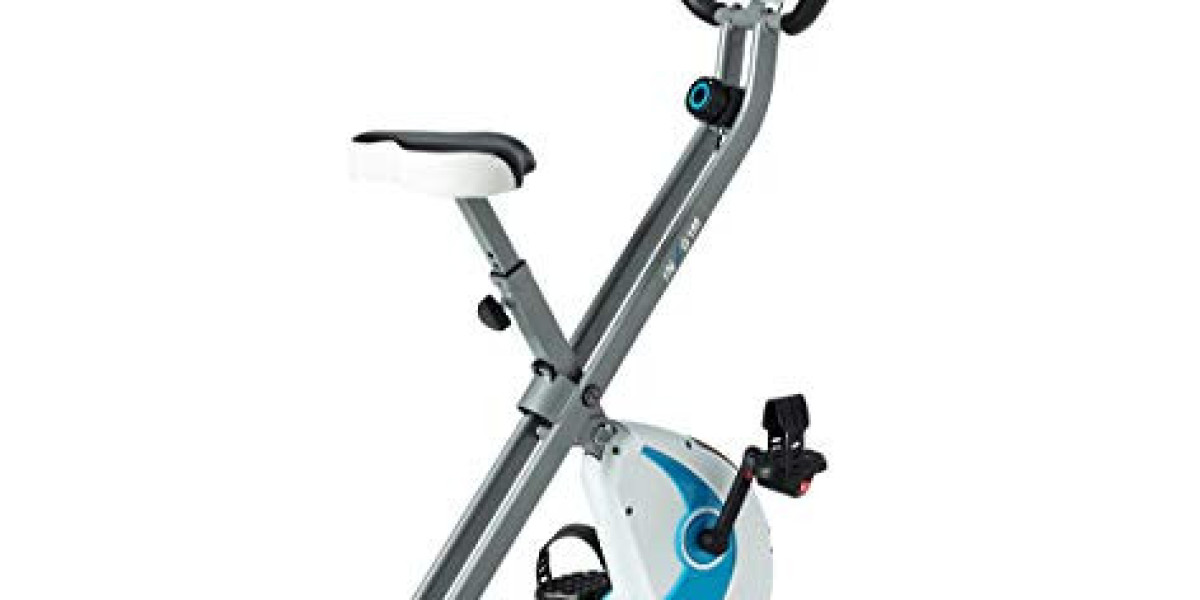
In today’s fast-paced world, staying fit and healthy has become more important than ever. However, making time for gym visits amid busy schedules isn’t always feasible. Enter home exercise equipment—a convenient, versatile, and efficient way to get your workouts done without leaving the house. With an ever-growing market filled with fitness gadgets catering to all levels and goals, choosing the best tool for your home gym can feel overwhelming. Whether you’re new to fitness or a seasoned enthusiast, this guide will help you navigate the world of home exercise equipment to find the right fit for your workout needs.
Why Invest in Home Exercise Equipment?
More and more individuals are ditching their gym memberships for home-based workouts, and for good reasons:
- Convenience: Workout anytime, no travel required.
- Cost-Effective: While the upfront cost may be higher, it often saves money in the long run compared to a gym membership.
- Privacy: For those who feel self-conscious exercising in public, working out at home provides added comfort.
- Customization: Select equipment tailored to your fitness goals.
- Hygiene: Avoid shared spaces and fitness equipment—a perk that became especially evident during the pandemic.
Top Categories of Home Exercise Equipment
When choosing the best home exercise equipment, it’s essential to consider your fitness goals, space availability, and budget. Here are some of the most popular options broken down into categories:
1. Cardio Machines
Cardio equipment is crucial for improving heart health, burning calories, and boosting endurance. Some top options include:
- Treadmills: Perfect for running or walking indoors, many treadmills come with adjustable incline settings and preset programs.
- Stationary Bikes: Low-impact machines great for building lower-body strength and cardiovascular health. Options include upright bikes, recumbent bikes, and high-intensity spin bikes.
- Ellipticals: A full-body cardio workout with minimal joint stress—ideal for those with knee problems.
- Rowing Machines: Provide a total-body workout while engaging your arms, back, legs, and core.
2. Strength Training Equipment
For building muscle and improving bone density, strength training is essential. Home gym options include:
- Dumbbells: Adjustable weights are versatile and space-saving; fixed weights are great for simplicity and quick access.
- Resistance Bands: Lightweight and portable, bands provide scalable resistance for strength training and rehabilitation.
- Kettlebells: Excellent for dynamic movements like swings, squats, and lunges, which help build strength and improve balance.
- Weight Benches: Combine with dumbbells, kettlebells, or barbells for versatility. Many modern benches come with adjustable angles.
- Home Gym Systems: All-in-one setups like cable machines or multi-gyms offer comprehensive strength workouts in a compact space.
3. Functional and Bodyweight Accessories
These tools are versatile, affordable, and effective for functional and bodyweight exercises:
- Pull-Up Bars: Perfect for upper-body workouts focused on back, shoulders, and arms.
- Medicine Balls and Slam Balls: Great for core strength, explosive movements, and rehabilitative exercises.
- Yoga Mats: Essential for stretching, yoga, Pilates, or any floor-based workout.
- Stability Balls: These improve core strength and balance when used for stability exercises.
4. Recovery and Mobility Tools
Recovery is as important as exercise itself. Consider investing in these tools to aid muscle recovery and prevent injuries:
- Foam Rollers: Great for self-myofascial release, helping reduce muscle soreness.
- Massage Guns: A high-tech option for deep tissue recovery.
- Stretch Straps: Useful for assisted stretches to enhance flexibility and reduce tension.
Factors to Consider While Choosing Home Exercise Equipment
Picking the right equipment can be challenging, but considering a few key factors can help you make an informed decision:
1. Fitness Goals
Are you looking to build strength, improve cardio endurance, or increase flexibility? Your workout objectives will determine the type of equipment you need.
2. Available Space
If you have limited space, opt for compact or foldable equipment like resistance bands, adjustable dumbbells, or folding treadmills. Those with larger spaces may want to explore machines like multi-gyms or rowing machines.
3. Budget
Quality exercise equipment can range from as low as $20 for resistance bands to thousands of dollars for high-tech machines. Know your budget and prioritize the basics before diving into more advanced gear.
4. Durability and Quality
Invest in equipment known for high-quality construction and durability, especially for items like cardio machines or free weights that face regular heavy usage.
5. Ease of Use
Ensure the equipment is user-friendly, especially if you’re starting out. Avoid overly complex machines with unnecessary features.
Top Picks for Best Home Exercise Equipment
To simplify your search, here’s a curated list of some of the best equipment across categories:
Cardio:
- Peloton Bike: A premium choice for spin lovers with access to live and on-demand classes.
- Sole F80 Treadmill: Durable, foldable, and ideal for runners and walkers alike.
Strength:
- Bowflex SelectTech 552 Adjustable Dumbbells: Space-saving adjustable dumbbells for versatile strength workouts.
- TRX Suspension Trainer System: Leverage bodyweight for strength, balance, and core stability.
Recovery:
- Theragun PRO: A high-end massage gun designed for deep tissue relief.
- TriggerPoint Grid Foam Roller: Compact yet effective for muscle recovery.
FAQs about Home Exercise Equipment
Q: Do I need to spend a lot of money to build a home gym?
A: Not necessarily. You can start small with affordable tools like resistance bands or yoga mats and slowly invest in larger machines if your budget allows.
Q: Which equipment is best for beginners?
A: Beginners often benefit from simple, versatile tools like resistance bands, dumbbells, or an exercise bike. These are easy to use and cover a wide range of workout needs.
Q: How much space do I need for home exercise equipment?
A: The space requirement depends on the type of equipment. Compact tools like resistance bands or kettlebells need minimal space, whereas treadmills or multi-gyms may require a designated workout area.
Q: Are treadmills or exercise bikes better for cardio?
A: It depends on your preferences and fitness level. Treadmills suit running and walking enthusiasts, while exercise bike in home (mouse click the following internet site) bikes offer a lower-impact option ideal for joint health.
Q: How do I maintain my home workout equipment?
A: Regularly dust machines, lubricate moving parts as needed, and check bolts and screws for tightness. For electronics, follow manufacturer guidelines for upkeep.
Tips for Getting Started with Home Workouts
- Start with basic and affordable equipment to build confidence.
- Follow video tutorials or online courses to avoid improper form.
- Track your progress to stay motivated and adjust your routine as needed.
- Incorporate warm-ups, cool-downs, and recovery into your fitness regimen.
Conclusion
Home exercise equipment is an investment in your health, making it easier to stay consistent and meet your fitness goals. Whether you’re committed to cardio, strength training, or flexibility, there’s an array of options to fit every budget, space, and need. By properly assessing your objectives, space, and equipment quality, you can create a home gym tailored perfectly to your fitness journey. So, start small, stay consistent, and reap the lifelong benefits of fitness in the comfort of your home.







